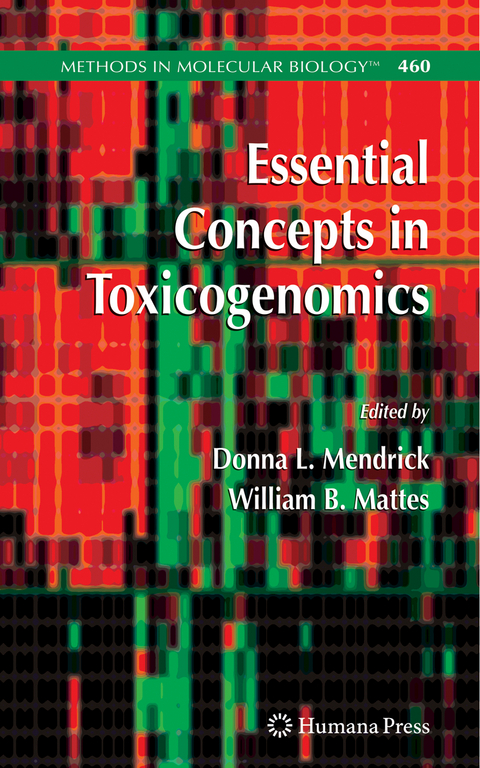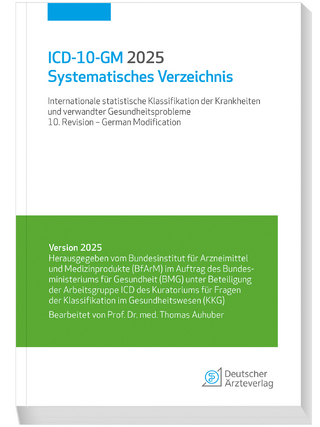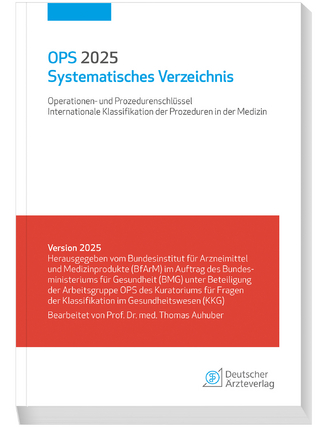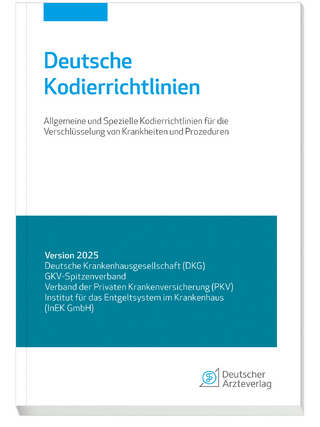
Essential Concepts in Toxicogenomics
Humana Press Inc. (Verlag)
978-1-61737-688-7 (ISBN)
The field of toxicogenomics is moving rapidly, so it is impossible at the timeofthiswritingtocompileaclassicmethodstextbook.Instead,wechose to identify experts in all aspects of this field and challenged them to write reviews, opinion pieces, and case studies. This book covers the main areas important to the study and use of toxicogenomics. Chapter 1 speaks to the convergenceofclassicapproachesalongsidetoxicogenomics.Chapter2deals withtheusefulnessoftoxicogenomicstoidentifythemechanismoftoxicity. Chapter3callsattentiontotheissuesthataffectthequalityoftoxicogenomics experiments, as well as the implications of using microarrays as diagnostic devices. The need for appropriate statistical approaches to genomic data is discussed in Chapter 4, and Chapters 5 and 6 describe the use of genomic datatobuildtoxicogenomicmodelsandprovideinsightsfromtheapproaches oftwocompanies.Theimportanttopicofstoringthedatageneratedinsuch experiments and the correct annotation that must accompany such data is considered in Chapter 7. The discussion in Chapter 8 speaks to the use of toxicogenomicstoidentifyspeciessimilaritiesanddifferences.Chapters9and 10dealwiththeuseofgenomicstoidentifybiomarkerswithinthepreclinical andclinicalarenas.
Biomarkerswillonlybeusefulifthecommunityatlarge acceptsthemasmeaningful.Consortiaareimportanttodrivethisfunction,and Chapter11discussescurrenteffortsinthisarea.Lastbutnotleast,Chapter12 presentsaperspectiveontheregulatoryimplicationsoftoxicogenomicdataand someofthehurdlesthatcanbeseeninitsimplicationinGLPstudies.Although thisbooktendstofocusonpharmaceuticals,theissuesfacingtoxicologyare sharedbythechemicalmanufacturers,thetobaccoindustry,andtheirregulators. We want to thank our contributors for their generous time and energy in providingtheirinsights.Sadly,wemustnotetheunexpectedpassingofone ofourauthors,Dr.JosephHackettoftheFDA.Joe'scontributionservesasa testimonytohisaccomplishmentsinthisfield,andhisinsightwillbemissed intheyearstocome.
Toxicogenomics and Classic Toxicology: How to Improve Prediction and Mechanistic Understanding of Human Toxicity.- Use of Traditional End Points and Gene Dysregulation to Understand Mechanisms of Toxicity: Toxicogenomics in Mechanistic Toxicology.- Quality Control of Microarray Assays for Toxicogenomic and In Vitro Diagnostic Applications.- Role of Statistics in Toxicogenomics.- Predictive Toxicogenomics in Preclinical Discovery.- In Vivo Predictive Toxicogenomics.- Bioinformatics: Databasing and Gene Annotation.- Microarray Probe Mapping and Annotation in Cross-Species Comparative Toxicogenomics.- Toxicogenomics in Biomarker Discovery.- From Pharmacogenomics to Translational Biomarkers.- Public Consortium Efforts in Toxicogenomics.- Applications of Toxicogenomics to Nonclinical Drug Development: Regulatory Science Considerations.
| Erscheint lt. Verlag | 19.11.2010 |
|---|---|
| Reihe/Serie | Methods in Molecular Biology ; 460 |
| Zusatzinfo | XI, 277 p. |
| Verlagsort | Totowa, NJ |
| Sprache | englisch |
| Maße | 155 x 235 mm |
| Themenwelt | Mathematik / Informatik ► Informatik ► Theorie / Studium |
| Informatik ► Weitere Themen ► Bioinformatik | |
| Medizin / Pharmazie ► Medizinische Fachgebiete ► Pharmakologie / Pharmakotherapie | |
| Medizin / Pharmazie ► Pharmazie | |
| Studium ► 2. Studienabschnitt (Klinik) ► Humangenetik | |
| Naturwissenschaften ► Biologie ► Genetik / Molekularbiologie | |
| ISBN-10 | 1-61737-688-4 / 1617376884 |
| ISBN-13 | 978-1-61737-688-7 / 9781617376887 |
| Zustand | Neuware |
| Informationen gemäß Produktsicherheitsverordnung (GPSR) | |
| Haben Sie eine Frage zum Produkt? |
aus dem Bereich


